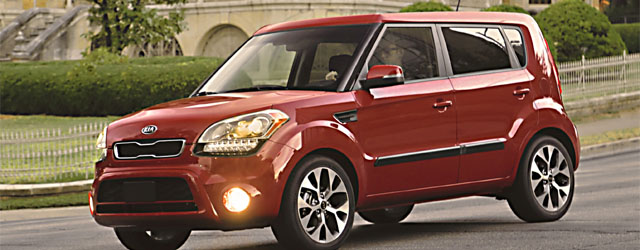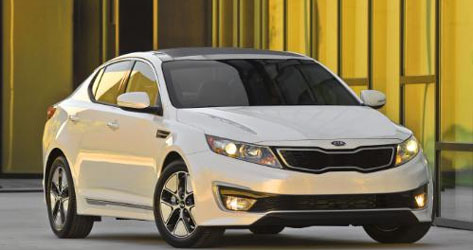Deer-Vehicle Collisions Decline in the U.S.
The odds that an individual driver in the United States will crash into a deer during the next year have declined by 4.3 percent.
Using its claims data and state licensed driver counts from the Federal Highway Administration, State Farm, a leading auto insurer, calculates the chances of any single American motorist striking a deer over the next 12 months at 1 in 174, compared with 1 in 167 the year before. It was announced Monday, Sept. 30.
Among the 41 states where these confrontations are most likely, the decline in likelihood is particularly notable in North Dakota (24.8 percent) and Nebraska (22.0 percent).
The probability of deer-vehicle collisions dropped by 12.6 percent in South Dakota. Michigan had the fourth largest descent (11.4 percent). Kansas (11.3 percent decline) rounds out the top five.
For the seventh year in a row, deer-vehicle confrontations are most probable in West Virginia. The chances of any single licensed driver in that state hitting a deer between now and a year from now are 1 in 41. That’s an 8.3 percent improvement from the West Virginia likelihood ratio of a year ago.
Montana, (1 in 65) remains second on the likelihood list. Iowa (1 in 73) moves up one spot to third. South Dakota (1 in 75) drops from third to fourth. Pennsylvania (1 in 77) is still fifth.
In each of the top five states, the probability of a deer-related collision for any given vehicle is less than it was a year ago.
The state in which deer-vehicle mishaps are least likely is still Hawaii (1 in 6,787). The odds of a driver in Hawaii colliding with a deer between now and 12 months from now are approximately equal to the odds of a middle-of-the-pack National Football League team running off 13 wins in a row.
Here are tips from the Insurance Information Institute on how to reduce the odds of a deer-vehicle confrontation:
- Keep in mind that deer generally travel in herds – if you see one, there is a strong possibility others are nearby.
- Be aware of posted deer crossing signs. These are placed in active deer crossing areas.
- Remember that deer are most active between 6 and 9 p.m.
- Use high beam headlamps as much as possible at night to illuminate the areas from which deer will enter roadways.
- If a deer collision seems inevitable, attempting to swerve out of the way could cause you to lose control of your vehicle or place you in the path of an oncoming vehicle.
- Don’t rely on car-mounted deer whistles.
State Farm estimates 1.22 million collisions caused by the presence of deer between July 1, 2012 and June 30, 2013, a 3.5 percent decrease from a year ago.




